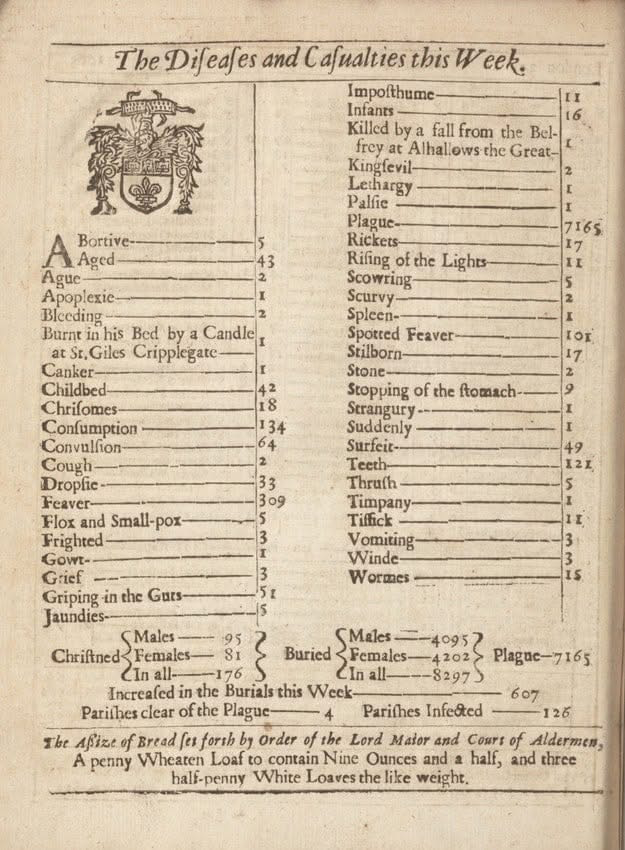Mildly interesting
-

In 2013, a Detroit man bought a house next to his ex-wife, then spent $7,000 on a 12-foot bronze middle finger statue, complete with spotlights, pointed directly at her window.
Sometimes, history isn’t just about wars or kings, it’s about the lengths people will go for a personal grudge.
In Detroit in 2013, Alan Markovitz, a local strip club owner, made headlines when he purchased a house next door to his ex-wife. Instead of quietly moving on, he commissioned a massive 12-foot bronze statue of a hand flipping the middle finger and planted it in his yard so it would point squarely at her home. To ensure the gesture couldn’t be missed, he installed spotlights to keep the statue illuminated through the night.
The story quickly spread online, becoming an infamous example of what some called the “pettiest divorce revenge in history.” While some admired the audacity, others criticized the move as a permanent reminder of bitterness. Markovitz himself admitted he didn’t expect the monument to go viral, but once photos circulated, the statue became internet lore.
Fun Fact: This wasn’t just a neighborhood oddity, Markovitz’s statue even landed in international news, cementing its place as one of the most memorable (and expensive) acts of post-divorce revenge on record.
@Mik said in Mildly interesting:
In 2013, a Detroit man bought a house next to his ex-wife, then spent $7,000 on a 12-foot bronze middle finger statue, complete with spotlights, pointed directly at her window.
I’m reminded of Freud’s line: The opposite of love is not hate, but indifference.
-
@kluurs I remember reading something similar about tardigrades (water bears). The US army actually had given a grant to scientists to study them. If I remember, it related to being able to re-hydrate blood, and possibly being able to use de-hydrated blood because of its easier to store and transport.
-
-
“Bill of mortality” from the Great Plague of London's deadliest week, which ended on this day in 1665, leaving a count of 7165 dead.
In addition to the high count attributed to "Plague" and other expected maladies of the time, we see deaths assigned to more enigmatic causes — “Frighted”, “Suddenly”, “Winde”, “Teeth”, and “Planet”. In addition to those that paint a very specific and vivid picture, e.g. “Burnt in his Bed by a Candle at St. Giles Cripplegate”.
More info, and the whole year of "bills" to view, here: https://publicdomainreview.org/collection/londons-dreadful-visitation-bills-of-mortality

-
Super photo(shop) of what it may have looked like when new; nonetheless true
https://www.snopes.com/fact-check/spain-uncovered-megalithic-monument/ -

Can't recall seeing a relief map of this area; look at all those mountainous areas in Yemen etc!
@AndyD said in Mildly interesting:

Can't recall seeing a relief map of this area; look at all those mountainous areas in Yemen etc!
yemen is not on the map, thats over to the east across the red sea, maybe you are referring to the Sinai peninsula, which in the south is quite mountainous (eg...Mount Sinai)
-
@jon-nyc Interesting. I would not have guessed that. I would have thought it was younger 100+ years ago.
-
This is interesting, if true. Complete opposite of what we learned from monopoly, which was to amass wealth and mercilessly crush your opponents. Of course we were like that with everything. All competition was blood sport.
The original Monopoly was invented by a woman in 1904 to highlight the dangers of unchecked capitalism, she was told her concept was too complex, then the idea was stolen.
Long before Monopoly became a family game-night staple, it was a pointed critique of economic inequality. The game was originally created in 1904 by Elizabeth Magie, an American writer, inventor, and staunch supporter of economist Henry George’s ideas about land reform. She called it The Landlord’s Game and designed it to demonstrate how wealth accumulation and rent-seeking concentrated power in the hands of a few while impoverishing everyone else.
Magie patented the game in 1904, including two rule sets: one where players competed to monopolize property and another where everyone benefited equally from shared wealth — a direct moral lesson about the difference between greed and fairness. She hoped it would teach players that monopolies harm society.
Years later, Charles Darrow encountered a version of Magie’s game, modified and circulating informally among friends and communities. He sold it to Parker Brothers in the 1930s, claiming it as his own invention. The company bought Magie’s patent for just $500 and erased her name from history. Monopoly went on to become one of the best-selling board games of all time — ironically celebrating the very capitalist spirit it was meant to criticize.
Added Fact: Elizabeth Magie’s original 1904 patent for The Landlord’s Game remains one of the earliest known board game patents filed by a woman in the United States.






